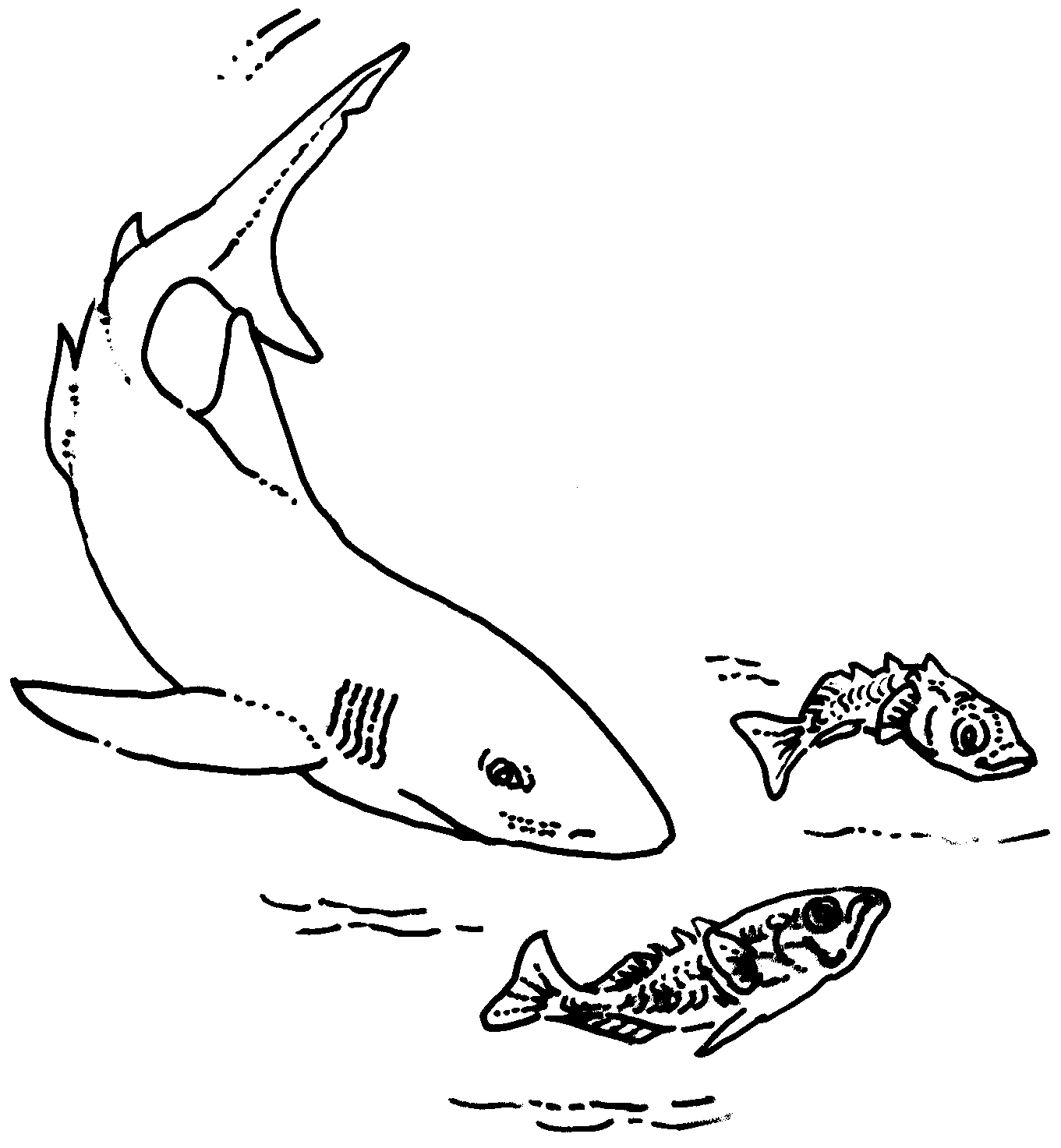| << Chapter < Page | Chapter >> Page > |
Besides the typical predator and prey relationships there are certain relationships that are very interesting and special, especially because they are also linked to survival strategies.
SYMBIOSIS is the co-existence of two different organisms.
This relationship of co-existing can differ with regard to the amount of advantage or disadvantage gained by each party.





Complete the table by pasting one of the sketches from the sketch sheet next to each of the relationships. Paste in some of your own examples as well. Describe the characteristics of the relationship in the right-hand column.
Special Food Relationships
| EXAMPLES | DESCRIPTION OF RELATIONSHIP | |
| Mutualism | ||
| Parasitism | ||
| Commensalism |
Assessment of CUTTING AND PASTING of SYMBIOSIS SKETCHES
Were you able to identify and describe SYMBIOSIS TYPES correctly?
[LO 2.4]
Work in groups of four and collect examples of the different kinds of parasites that use both humans and animals as hosts.
1. the parasite and the host, and the nature of their relationship
2. symptoms that can be detected in the host
3. how to combat the parasite
Assessment of GROUP WORK, RESEARCH AND COMMUNICATION on PARASITES
Were you able to contribute to the group’s research work, and communicate it to the
rest of the class? LO 1.1 ; LO 1.2; LO 1.3
LO 1: Scientific investigations:
The learner will be able to act confidently on curiosity about natural phenomena, and to investigate relationships and solve problems in scientific, technological and environmental contexts.
This is evident when the learner:
LO 2: Constructing Science Knowledge:
The learner will know and be able to interpret and apply scientific, technological and environmental knowledge.
This is evident when the learner:
2.4 applies knowledge.
Activity: Special food relationships
Mutualism : bird and flower: The bird obtains food (advantage), flower is pollinated (advantage).
Parasitism : tick on horse: The tick obtains food (advantage), horse loses blood (disadvantage).
Commensalism : Cattle and birds: Cattle dislodge and carry ticks that occur on the grass, providing food for the birds while the cattle remain unaffected.
Sharks and small fish: The fish eat the remains of the food consumed by the sharks while the sharks remain unaffected.
Activity: Researching parasitism

Notification Switch
Would you like to follow the 'Natural sciences grade 8' conversation and receive update notifications?